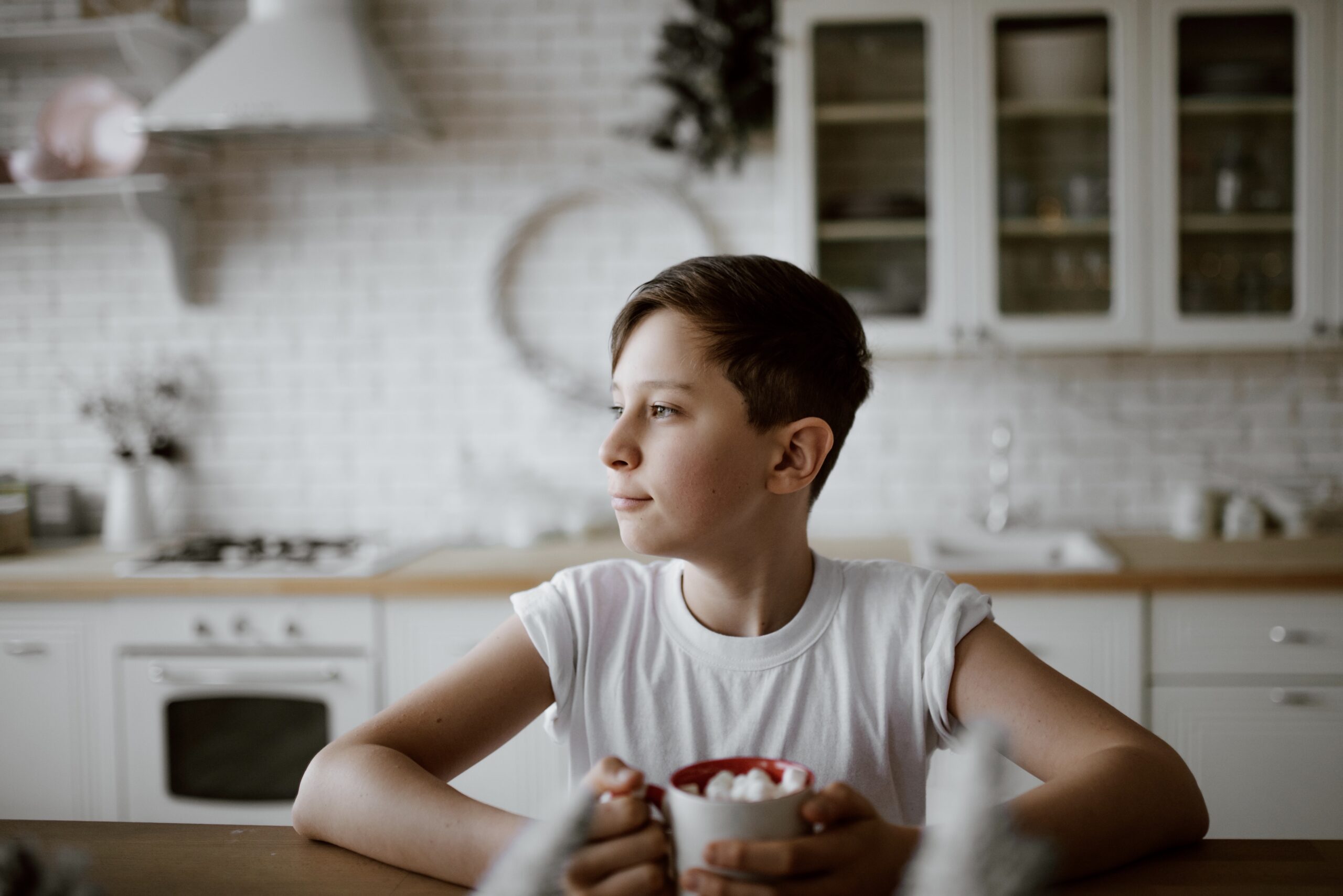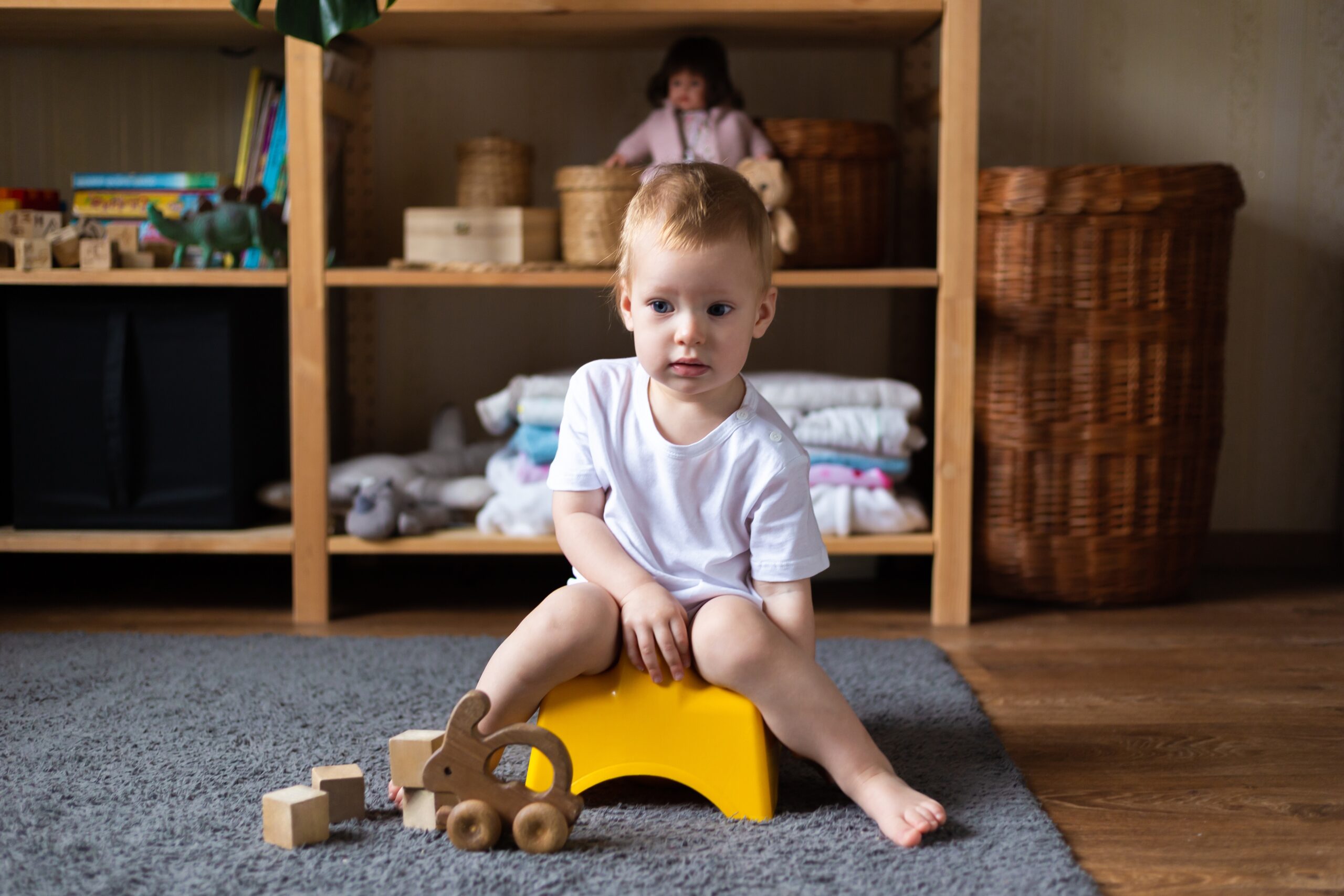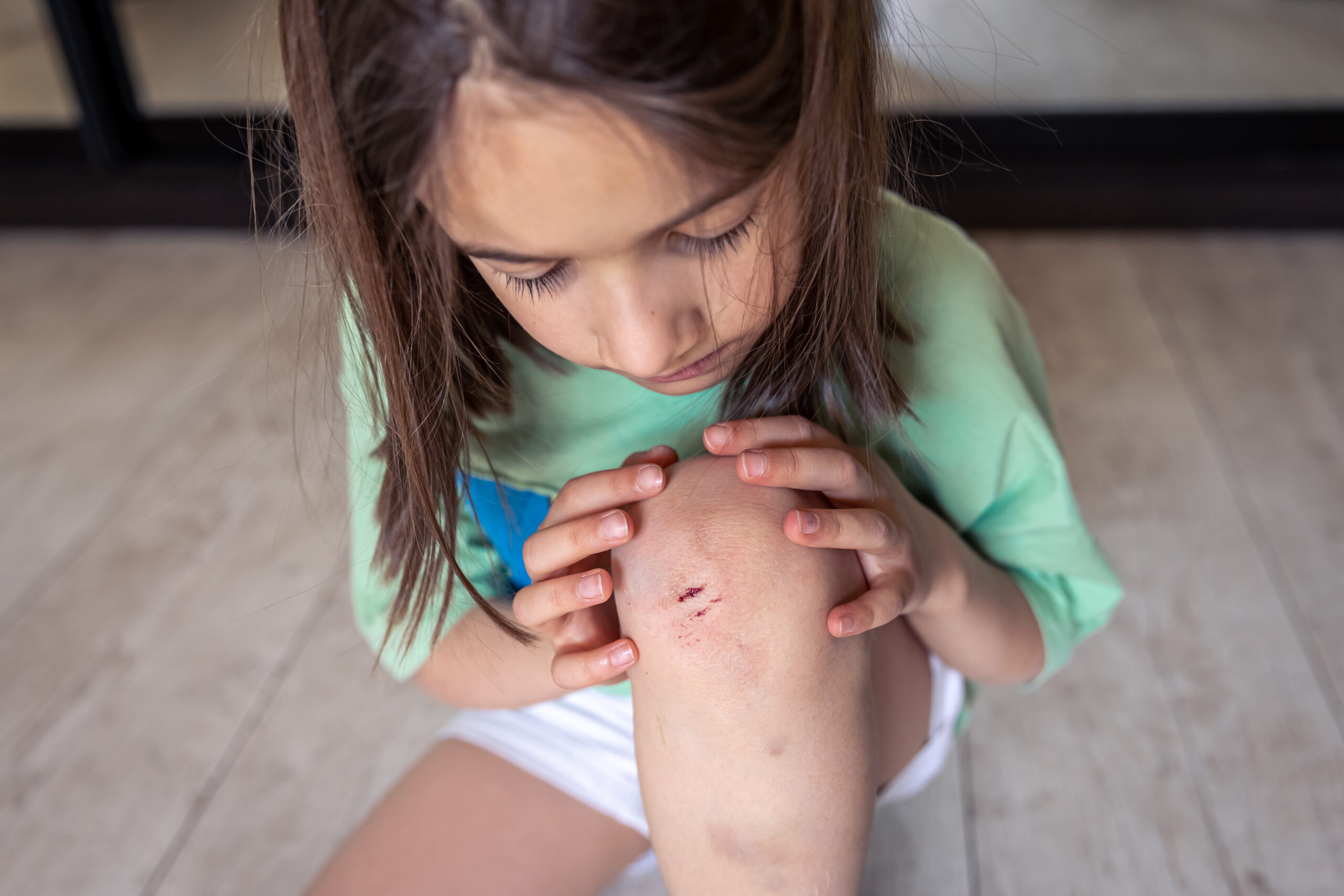Children with autism often find comfort in predictability. Routines help create a world that feels safe and manageable. But life, by its nature, is full of changes—some small and others major. Teaching your child to adapt to changes without distress is one of the greatest gifts you can offer. This doesn’t mean abandoning routines altogether. Rather, it involves gently expanding your child’s ability to cope with the unexpected through supportive and gradual strategies.
Olga Sirbu will explore practical, compassionate ways to help your child with autism change routines and become more flexible with transitions, while still respecting their need for structure.
Why Routines Matter—and Why Flexibility Matters More
Routines offer children with autism a sense of control and stability. Knowing what comes next can reduce anxiety and help them participate more comfortably in daily life. However, when routines become too rigid, even minor disruptions—like a change in snack, a new teacher, or moved furniture—can feel overwhelming.
The goal isn’t to eliminate routines but to help your child tolerate and eventually embrace change. Think of flexibility as a muscle—it needs regular, gentle exercise to grow strong.
1. Introduce Gradual Changes
Sudden changes are often the hardest to handle. Instead, start small.
Examples:
-
If your child only eats from a blue plate, place the same food on a different plate next to the blue one at first.
-
If they always walk the same route to school, change just a single block or corner before trying a new path entirely.
-
If they insist on reading the same bedtime book, introduce a new book alongside their favorite and allow them to hold the preferred one for comfort.
Clothing Example:
If your child wears the same red shirt every day, try offering another shirt with red in the design. The next week, switch to a slightly different shade. Eventually, you can rotate between various shirts without stress.
The key is slow and steady exposure, never forcing, but inviting curiosity and acceptance over time.
2. Use Visual Supports to Prepare for Change
Children with autism often benefit from visual cues. Seeing what’s coming can make changes feel less surprising and more manageable.
Ideas for visual supports:
-
Visual Calendars: Add small symbols or icons to indicate a surprise day where something will be different.
-
Social Stories: Use simple, positive language like: “Sometimes things change. That’s okay. I can try something new.”
-
Timers: These help children prepare for transitions: “In five minutes, we will use a different chair.”
Seat Example:
If your child always sits in the same chair at dinner, show a photo schedule indicating a “Seat Switch Tuesday” where they’ll sit in a different chair. Having advance warning makes it feel more like a game and less like a disruption.
3. Offer Choices to Give a Sense of Control
Instead of declaring that something is going to change, offer two clear and manageable options. This small act can reduce anxiety and increase cooperation.
Examples:
-
“Would you like to sit in the blue chair or the green chair today?”
-
“Do you want to read this book on the couch or on the floor?”
-
“It’s snack choice day! Would you like apples or crackers?”
By giving options, you aren’t removing structure—you’re providing it with a flexible twist. This builds confidence and autonomy.
4. Model and Praise Flexibility
Children learn a great deal by watching how adults handle situations. Use this to your advantage by modeling flexibility in everyday life and praising your child’s efforts, however small.
Modeling examples:
-
“Oops! We’re out of our usual cereal. That’s okay. I’ll try something different today.”
-
“We were going to the park, but now it’s raining. No problem—we’ll play a game at home.”
Praise efforts:
-
“Wow! You sat in a different chair today. That was very flexible of you!”
-
“I’m proud of you for trying something new. That’s brave and awesome.”
Positive reinforcement reinforces that trying new things is safe and valued.
5. Desensitize to Bigger Changes Step by Step
For major changes—like moving homes, transitioning to a new classroom, or trying a new food—desensitization is essential. Break the change into smaller, manageable steps.
Examples:
-
Furniture changes: Move furniture a few inches each day instead of rearranging everything at once.
-
New teachers: Show pictures of the new teacher and visit the new classroom multiple times before the switch happens.
-
Trying new food: Place the new food next to a favorite dish without asking the child to eat it. Gradually increase exposure.
-
New shoes: Have your child wear new shoes for 30 seconds at a time, then increase the duration over several days.
This slow exposure allows the child’s brain to adjust without activating fight-or-flight responses.
6. Create a “Change Game” to Make Flexibility Fun
If you can make change playful, you reduce fear and increase willingness.
Fun ideas to try:
-
Mystery Meal Monday: Serve meals with a small twist—like a different spoon or plate. Let your child guess what the surprise is.
-
Change Jar: Fill a jar with small, written changes (e.g., “Use a purple cup,” “Sit in Dad’s chair,” “Listen to music during snack”). Pull out one change per day.
-
Silly Switch Game: Switch socks, chairs, or routines just for fun and giggles.
The more your child laughs through a change, the more they’ll associate flexibility with joy—not stress.
7. Keep Progress Predictable and Consistent
It’s important to remember that flexibility doesn’t grow overnight. It’s a skill built on patience, predictability, and trust.
Key reminders:
-
Be consistent in your approach.
-
Always pair changes with support—visuals, choices, praise, and comfort.
-
Celebrate all wins, no matter how small.
-
If a change causes distress, back up a step and go slower. That’s okay.
With time, your child will learn that while the world can be unpredictable, they are capable of handling it.
Help Your Child with Autism Change Routines – Final Thoughts
Helping your child with autism embrace flexibility doesn’t mean removing the routines they depend on. It means giving them the tools, support, and confidence to face changes with less fear and more resilience.
Life is full of surprises—some joyful, some difficult. By gently introducing change, offering visual cues, and modeling calm behavior, you are teaching your child one of the most valuable life skills of all: adaptability.
Start small, stay patient, and remember—change can be exciting, interesting, and even fun.
Also read: How to Make Grocery Shopping Easier for Kids with Autism
About Olga Sirbu
My name is Olga Sirbu, I am a Board Certified Behavior Analyst (BCBA) and Licensed Applied Behavioral Analyst. My goal is to support and empower families and individuals on the autism spectrum.
Autism Advance is dedicated to training parents and caregivers, providing practical tips, and teaching individuals how to educate kids with autism.
I share evidence-based practices to help you better understand and support individuals with autism. Learn practical strategies to help individuals with autism reach their full potential, as well as gain a deeper understanding and acceptance of autism.
Thank you for considering Autism Advance as a resource for your autism journey.







